Efficient Drugs and Medicine Storage
Drugs and medicines are at the core of every healthcare institution involved in patient care and the correct storage of these products is very important.
The Home office, the Department of Health and the Devolved Administrations issue guidance on security measures that should be considered for premises that are licenced in connection with the possession and supply of controlled drugs. Hospital Trusts and Private Healthcare providers also have their own policies and procedures. The British Standard BS2881: 1989 and the Misuse of Drugs (Safe Custody) 1973 Regulations provide a general overview of requirements, some of which are outlined below with multiple factors to take into account. Regulations also state that all locks should be of such as design that the key cannot be removed unless the mechanism is in a locked position. All doors should be of such design that they cannot be left unlocked while appearing to be closed.
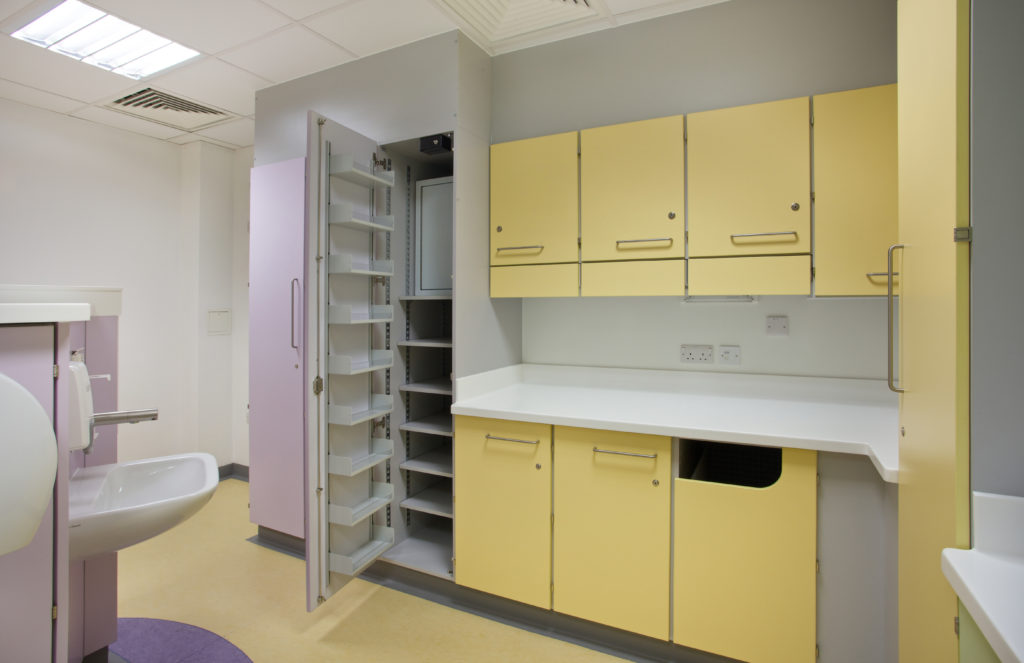
BS2881:1989 has to do with the standards that a drugs cabinet is designed to resist in an attack. There are three levels within the standard, with BS2881 Level 1 being the minimum standard required for the storage of medicines and non-controlled drugs. Whilst it is possible for a wood-based cabinet to be strengthened with through bolt fixings so that it complies with the regulation requirements as example above, recent HBN 14-02 recommends that these cabinets are made of metal construction and we have introduced a new range of modular units for this.
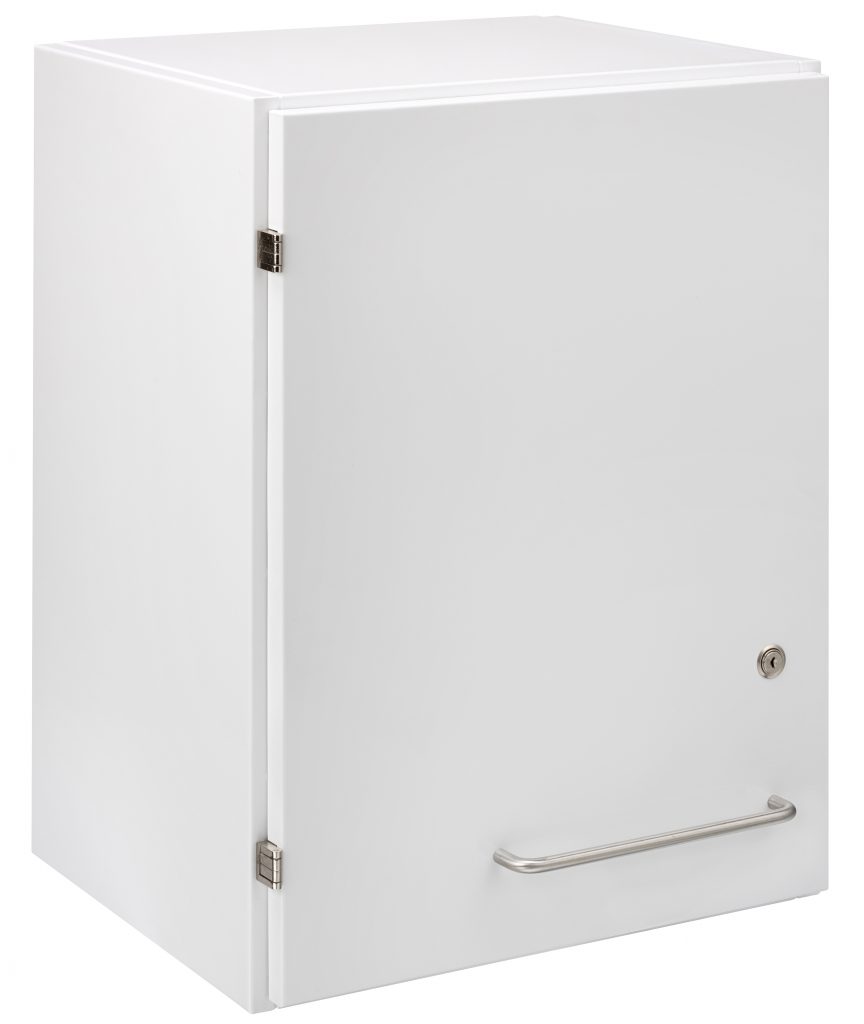
BS1882:1989 states that is it important to recognise that compliance with security standards is not just to do with the construction of the cabinet itself, it also includes the fixings used, wall construction staffing and safety procedures:- ‘A secure cabinet is of no avail if the key is indiscriminately available, if correct records are not kept, if it is possible to attempt forcible entry at leisure, of it if is easy to remove the unopened cupboard in order to gain entry later. The exact nature of the practises and precautions to be adopted depends upon the local circumstances’
The cabinets used for the storage of Category A, B and C controlled drugs need to provide greater resistance to attack and the minimum standard for this is BS2881 Level 2.
For security levels 2 and 3, the British Standard regulation recommends a fixing directly into a solid masonry or concrete wall, or as stated, if this is not possible:- ‘The cabinet should be fixed by passing bolts through the wall. All nuts should be located within the cupboard and the bolts should be continuously welded at their heads to a steel plate of at least 3mm thickness and of a size not less than that of the back face of the cupboard. If the wall is of a partition type the plates should be positioned to include as many internal studs as possible between the bolts’ See illustration below:-
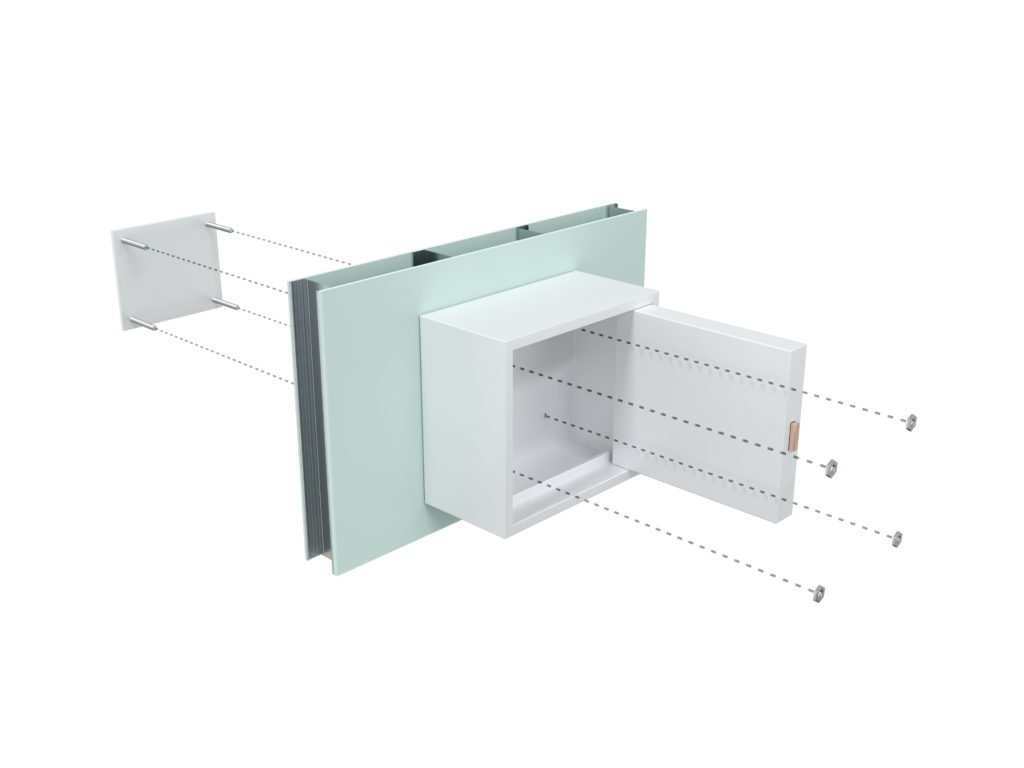
The Misuse of Drugs (Safe Custody) Regulations 1973 states that ‘Nothing shall be displayed outside of a safe or cabinet to indicated that drugs are kept inside it’
The photos below show an example of this where the controlled drugs safe is contained inside a matching wall cabinet. The Drugs safe itself contains an electrical contact switch that can be connected to a remote alarm (eg over the entrance doorway or on a nurse base) to indicate when the safe is open.
However, it is worth noting that more recent guidance has identified that in recent years the range and the quantity of Controlled Drugs required to be stored has increased and traditional designs of a quarter size CD cabinet within a full size cupboard are too small to provide enough storage for a typical 24 bed ward and the Controlled Drugs safe can be fixed direct to the wall without being inside another cupboard.
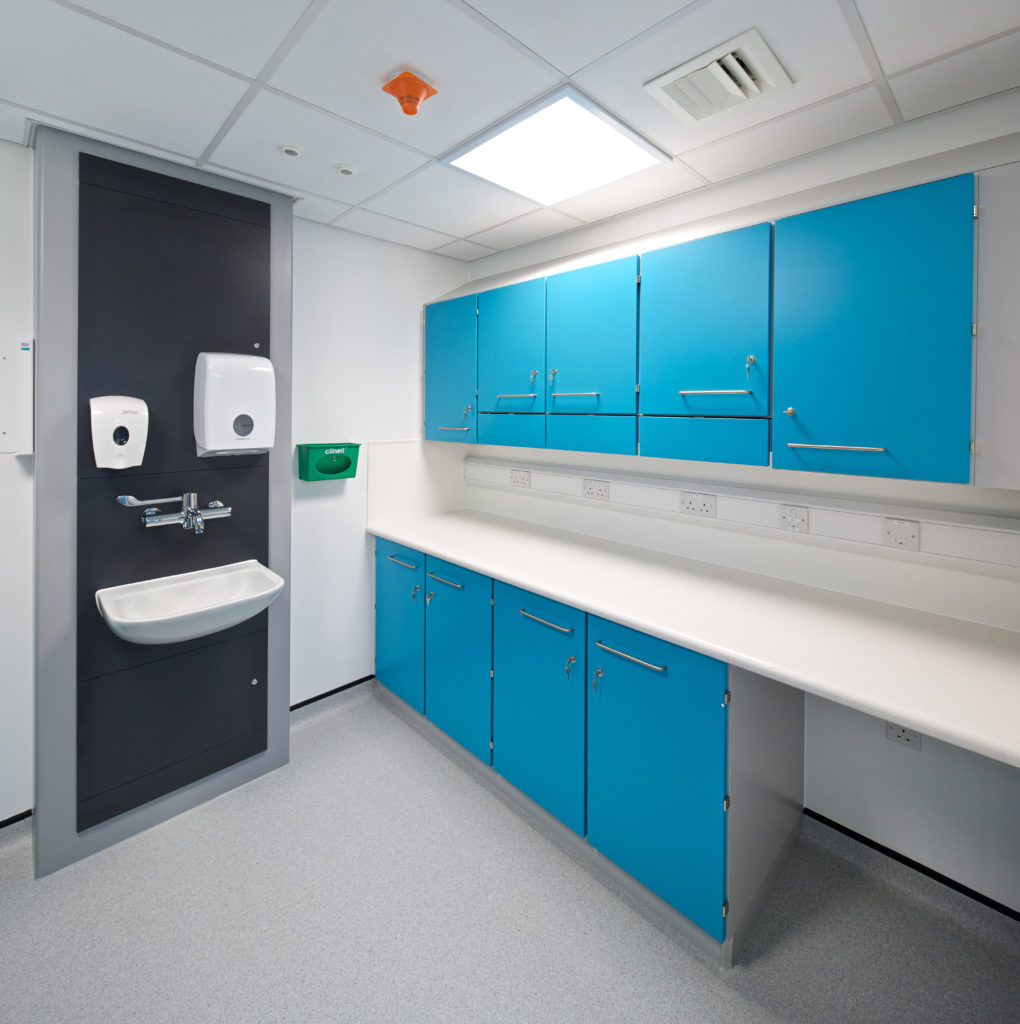
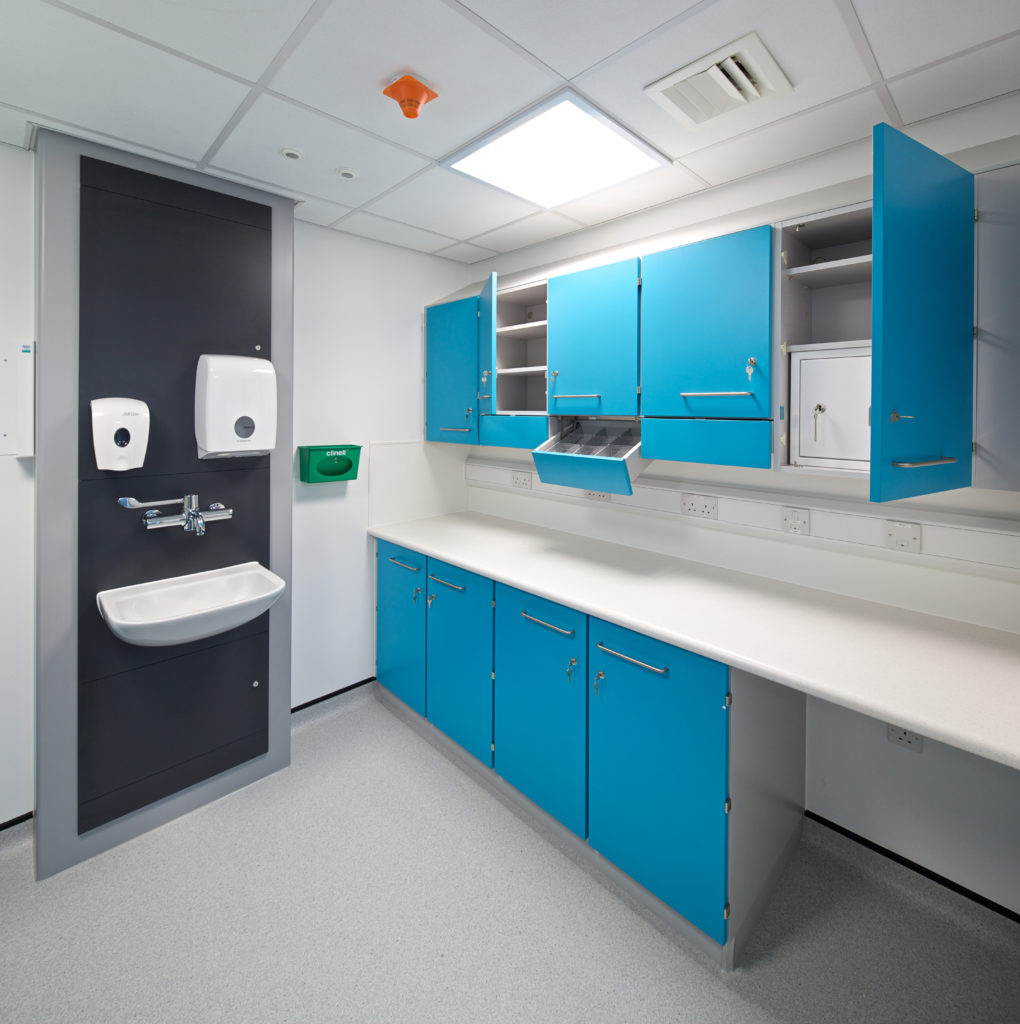
For more information please contact our sales office on 020 8699 8993 or drop us an email to ‘enquiries@stirlingmedical.co.uk’